The Duchess of Cambridge has launched a photography competition in partnership with the National Portrait Gallery to document stories of human kindness and suffering during the coronavirus pandemic lockdown in Britain. A keen and very capable amateur photographer herself, the Duchess says that she hopes the competition will showcase life under the lockdown and tell stories of how the inhabitants of the UK were affected.
 |
The contest, called Hold Still, will culminate in an online exhibition of 100 of the best images entered. Though not categories as such, the themes of Helpers and Heroes, Your New Normal and Acts of Kindness have been suggested, and Kate expects to see images depicting harrowing stories, stories of sadness as well as uplifting stories that show how the population has come together to help each other.
The competition will be judged by the Duchess herself along with the Director of the UK’s National Portrait Gallery, Dr Nicholas Cullinan as well as members of the gallery team. Entry to the competition is free and you can one images along with a short explanation of what the picture is about. The Gallery says ‘Images must involve people, and can be captured on phones or cameras. Each image will be assessed on the emotion and experience it conveys rather than its photographic quality or technical expertise.’ The images must also have been taken in the UK.
The Duchess of Cambridge is a patron of the National Portrait Gallery as well as being patron of the Royal Photographic Society. She has become recognised for her touching pictures of her children, and is known to be a Canon DSLR and Powershot user, and has taken lessons from a well-known UK press photographer. She recently released images taken as part of a project to commemorate the 75th anniversary of the end of the Holocaust.
The competition is open now, and closes on 18th June 2020. You can find more information and submit your entry on the National Portrait Gallery website.
Press information
Why is the project called ‘Hold Still’?
Today our society had been told to isolate, to stay inside, not to travel unnecessarily or go out unless vital –to hold still to protect our helpers and heroes.And while many people’s lives are on hold, there are some that work harder than ever, and others that endure the upheaval of hardship and loss.
Through this project we hope to record these experiences, holding still to capture moments in time.
So for both those whose lives have been forced to slowdown and those working at a hectic pace, we hope this project will provide an opportunity to record our personal experience through one still image. And that by bringing together these individual moments we can create a collective portrait of lockdown reflecting resilience and bravery, humour and sadness, creativity and kindness and tragedy and hope.
‘Hold Still’ is a portrait of our nation as we pause for the good of others, and a celebration of those who have continued so we can stay safe.
What are the three themes?
- Helpers and Heroes
- Acts of Kindness
- Your New Normal
These have been suggested to help entrants think about what they may like to photograph.
Please note these themes are not categories that entrants will specifically enter but are intended as inspiration for the content and will be in the minds of the panel when they are selecting the final 100.
What are the entry dates?
Entry opens on 7 May 2020 and the closing date 17.00 on 18 June 2020
Are there any restrictions on who can enter?
The project is about recording the experience of people in the United Kingdom so we would like the photograph to have been taken in the United Kingdom.
There is no age restriction, and the project is open to adults and children alike. However, when submitting an image, entrants will need to confirm that the image is their own work and is not defamatory and does not infringe any UK laws (see Terms & Conditions for full details) and that anyone under the age of 18 has the consent of a parent/guardian to enter. Consent will also be needed for any sitter who is identifiable in the photograph (for those under 18 from a parent/guardian).
We will ask entrants to follow current social distancing rules when taking part.
How do I enter my photograph?
Visit www.npg.org.uk/holdstill, complete the entry form and upload your image, along with a short title telling the story of the photograph.
How many images can I upload?
You can upload one digital image.
Any format restrictions on entries?
What are the requirements for the image that I upload?
Each image must be saved as a JPG/JPEG and be smaller than 3 MB.
How many photos will end up in the final selection?
The final selection will be 100 photographs.
What other requirements will be needed?
If your image is part of the 100 selected, you will be required to complete a form to provide information about yourself and the image.
Will there be a cap to the total number of entries to the project?
There will be no cap on the total number of entries to the project.
Who will be making the selection?
The selection will be made by a panel including members of the National Portrait Gallery team, The Duchess of Cambridge and Director of the National Portrait Gallery, Dr Nicholas Cullinan.
When will the selection be on view?
The selection will be available to view as a ‘virtual’ exhibition on the Gallery’s website in August 2020. Following this ‘virtual exhibition’ we hope to show the images across the country later in the year although we are unable to confirm details at this point due to the current restrictions.
Can I send in my application by post?
All submissions must be made online via the website.
I would like to take a picture via an app of someone I miss who is based in another country, is this allowed?
Yes, this allowed as the picture is taken in the United Kingdom.
What will you do with my personal information?
Please see terms and conditions. All personal data given will be held securely by the Gallery and only be used to administer your entry. It may be used for internal research/statistical purposes. It will not be passed to any third parties apart from the project partners for administration of the project.
Articles: Digital Photography Review (dpreview.com)






























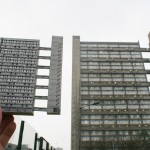
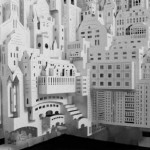






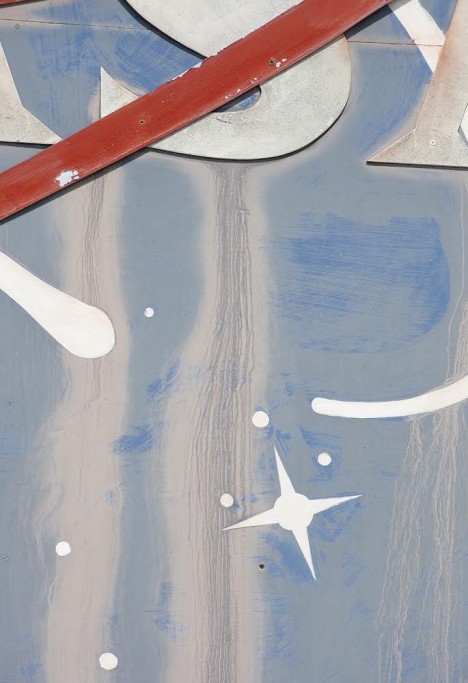
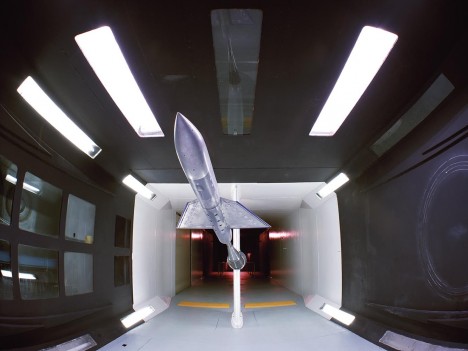

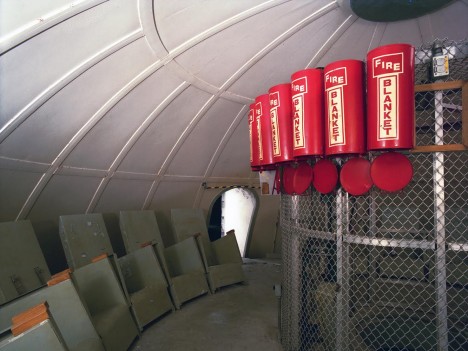
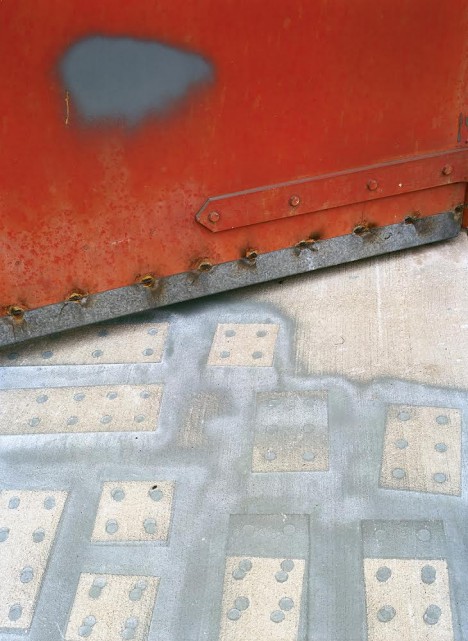
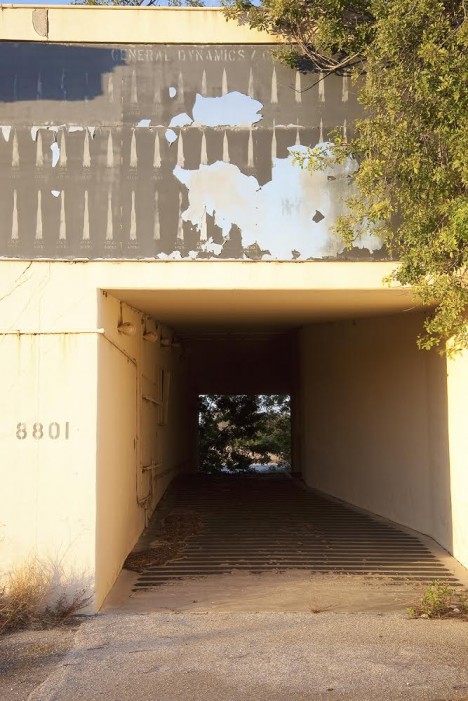
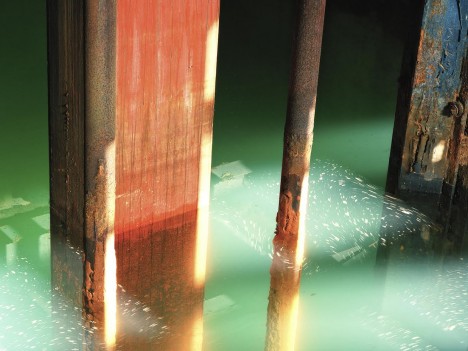
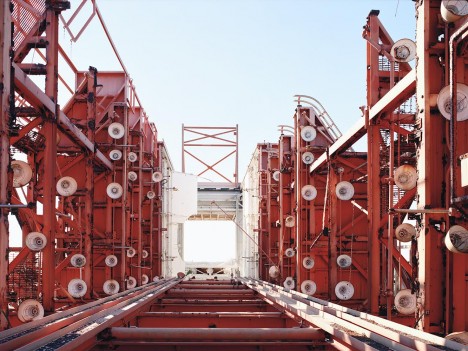
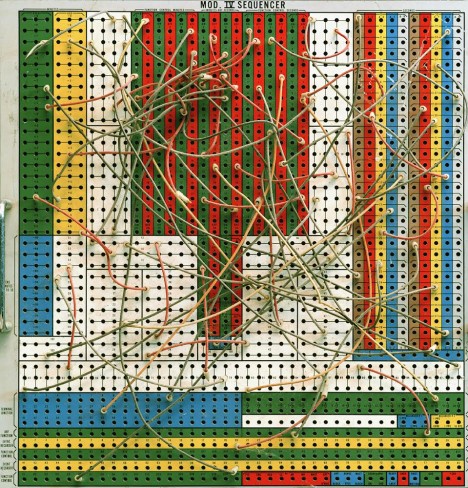
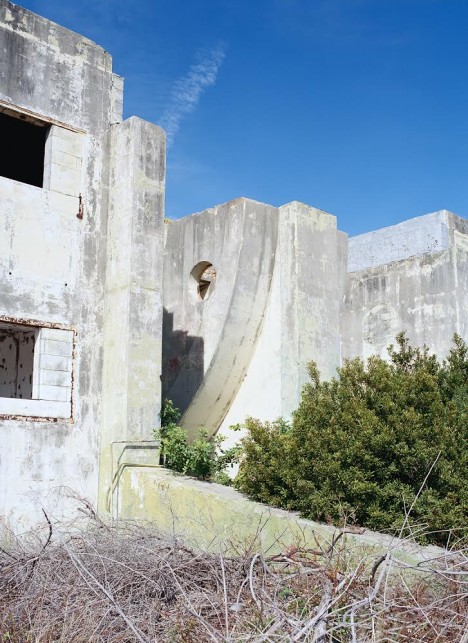
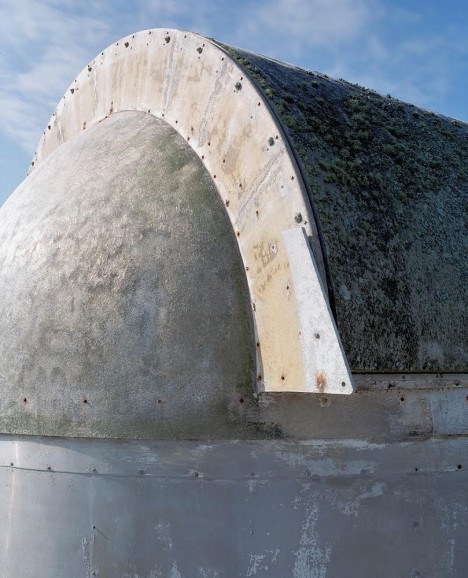
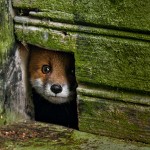

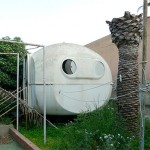

You must be logged in to post a comment.